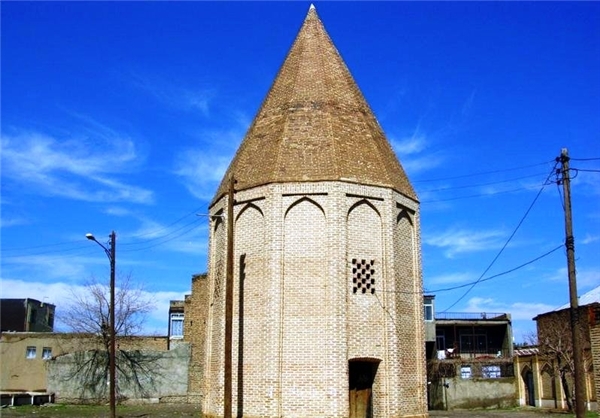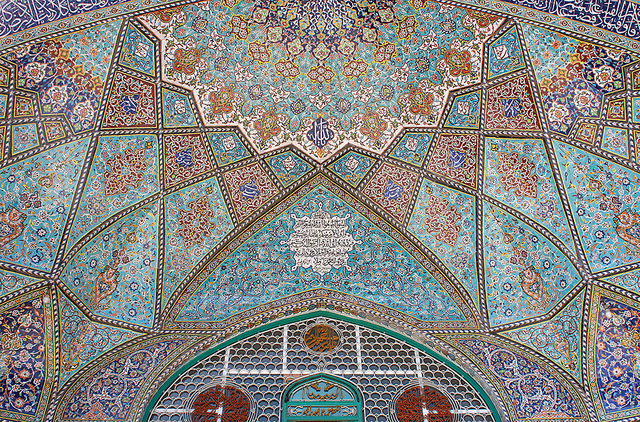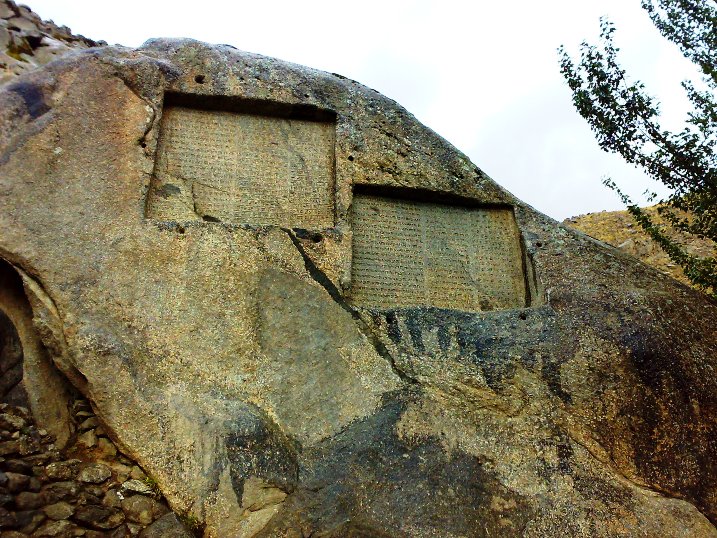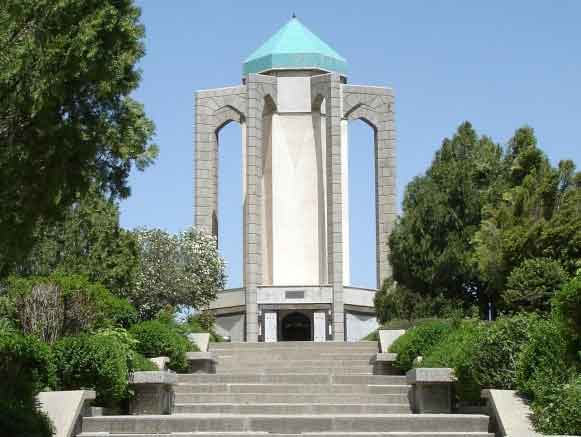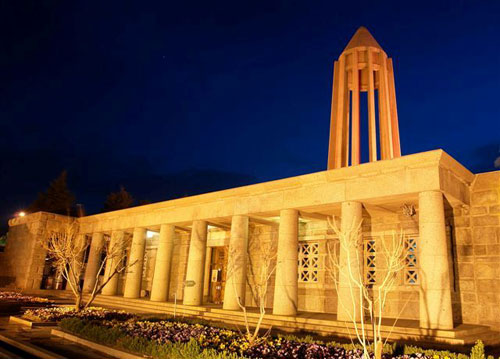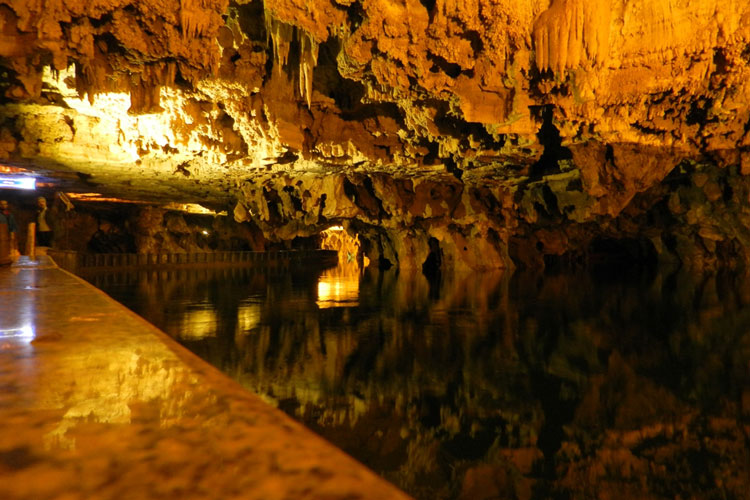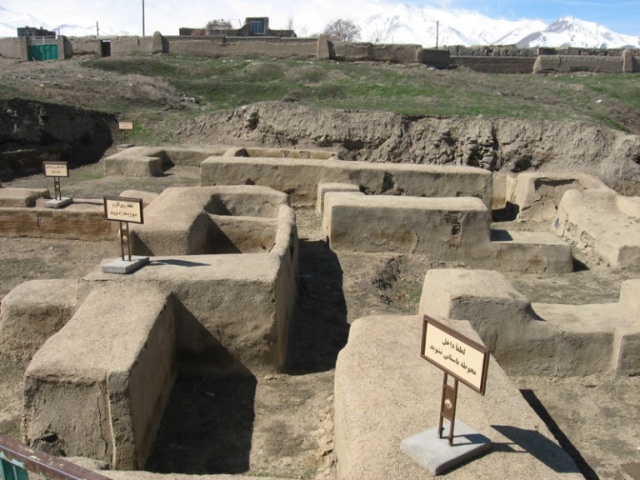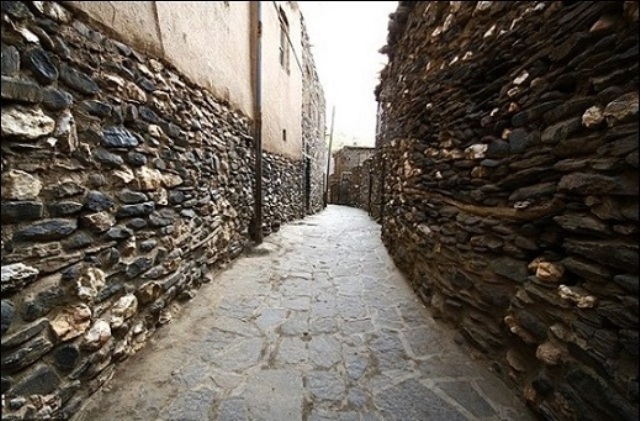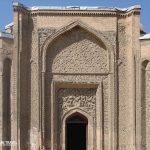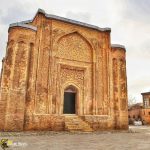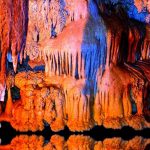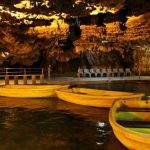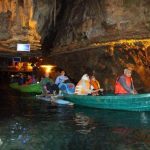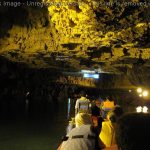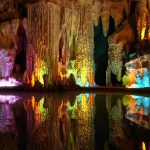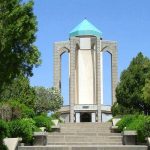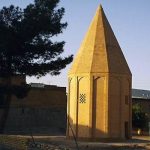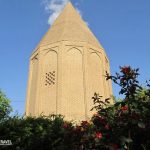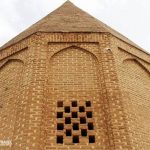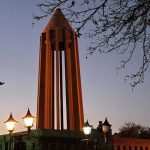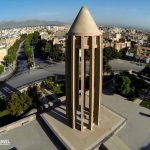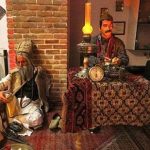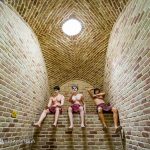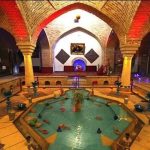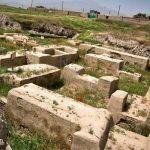About Hamadan Province
Hamadan province is of the ancient provinces of Iran. Center of this province, the ancient Hamadan city, was built by the Median king Deioces under the name of Ecbatana. This province is quite rich in terms of its climate and natural factors and has many famous natural attractions such as the Ali Sadr cave. Also, Hamadan province, due to its history and ancient civilization, is considered to be one of Iran’s top ranking places in terms of history and ancient relics and has always been noteworthy for tourists and archeologists. The tomb of Esther and Mordechai which is one of the most holy places for the Jewish people is also located at this province. It’s also worth mentioning that Hamadan province used to be part of Kermanshah province and it was separated from it on 1973.
Tourist Attractions Of Hamadan Province
